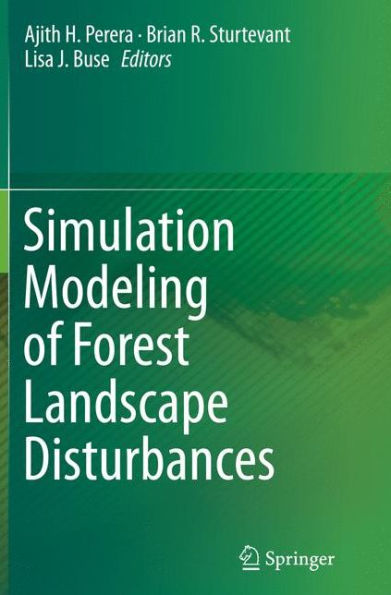Forest landscape disturbances are a global phenomenon. Simulation models are an important tool in understanding these broad scale processes and exploring their effects on forest ecosystems. This book contains a collection of insights from a group of ecologists who address a variety of processes: physical disturbances such as drought, wind, and fire; biological disturbances such as defoliating insects and bark beetles; anthropogenic influences; interactions among disturbances; effects of climate change on disturbances; and the recovery of forest landscapes from disturbances—all from a simulation modeling perspective. These discussions and examples offer a broad synopsis of the state of this rapidly evolving subject.
1122058874
Simulation Modeling of Forest Landscape Disturbances
Forest landscape disturbances are a global phenomenon. Simulation models are an important tool in understanding these broad scale processes and exploring their effects on forest ecosystems. This book contains a collection of insights from a group of ecologists who address a variety of processes: physical disturbances such as drought, wind, and fire; biological disturbances such as defoliating insects and bark beetles; anthropogenic influences; interactions among disturbances; effects of climate change on disturbances; and the recovery of forest landscapes from disturbances—all from a simulation modeling perspective. These discussions and examples offer a broad synopsis of the state of this rapidly evolving subject.
109.99
In Stock
5
1

Simulation Modeling of Forest Landscape Disturbances
321
Simulation Modeling of Forest Landscape Disturbances
321Paperback(Softcover reprint of the original 1st ed. 2015)
$109.99
109.99
In Stock

Product Details
| ISBN-13: | 9783319347387 |
|---|---|
| Publisher: | Springer International Publishing |
| Publication date: | 10/22/2016 |
| Edition description: | Softcover reprint of the original 1st ed. 2015 |
| Pages: | 321 |
| Product dimensions: | 6.10(w) x 9.25(h) x 0.03(d) |
About the Author
From the B&N Reads Blog
